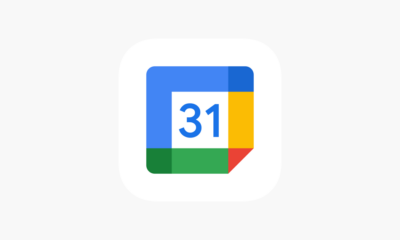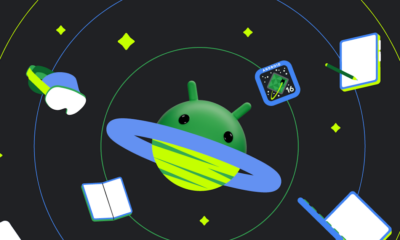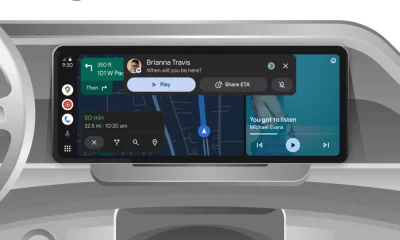New features for Gemini and Chrome enhance security and usability

Google continues to refine and enhance its Gemini and Chrome products, introducing features that simplify user experience while improving security, especially for Android users. Key updates include allowing Gemini to handle calls and messages on locked devices, security measures in Google Chrome to protect your data if your phone is stolen, and design simplifications to make user interaction smoother. Here’s a detailed breakdown of these changes.
Gemini’s New Lock Screen Features: Calls and Texts on Locked Devices
Google is reportedly expanding Gemini’s capabilities to handle phone calls and text messages even when the device is locked, a feature that was previously only available through Google Assistant. This new feature will be part of an upcoming update where users can enable an on/off toggle allowing Gemini to make calls and send texts without unlocking the device. However, to protect sensitive data, Gemini will still ask users to unlock the phone when personal information, such as email content, is involved.
This change is a significant step towards making Gemini more competitive with Google Assistant and aims to offer users added convenience without sacrificing security. The feature will likely enhance hands-free interaction for users, especially in scenarios where immediate response is needed.
User Interface Simplification for Gemini
Alongside functional upgrades, Google is also working on simplifying the user interface of Gemini. One of the notable UI changes is the floating overlay design, which is becoming more minimal. When users input text into the Gemini box, the overlay will expand vertically to display all the content without overwhelming the screen. This more compact design makes Gemini less intrusive while maintaining its functionality.
Another notable change is the shift in how users are prompted to interact with Gemini. The previous command “Type, take, or share a photo to Gemini Advanced” is being replaced with a simpler “Ask Gemini” prompt. This change is aimed at streamlining the experience, making the virtual assistant more accessible and user-friendly across devices.
Google Chrome’s Enhanced Theft Protection: Blocking Password Autofills
Protecting sensitive information on stolen devices has always been a critical issue, and Google is addressing this through a new feature called Identity Check. This feature will require biometric authentication, such as fingerprints or facial recognition, before allowing access to sensitive apps like Google Chrome, which often store passwords and payment details.
The Identity Check feature is designed to prevent thieves from accessing sensitive information even if they know the phone’s screen lock PIN or pattern. Currently, many apps, including Chrome, allow users to enter their phone’s screen lock PIN to authenticate. This makes devices vulnerable if the thief has already seen or figured out the screen lock code. Identity Check aims to close this security loophole.
In practice, this feature will ensure that accessing critical settings, like changing a PIN or accessing Google accounts, will require biometric verification. This enhancement will be part of Android 15 QPR1, expected to roll out in December 2024. Until then, the feature will remain in development, but its importance in preventing data breaches on stolen devices is clear.
Chrome’s Biometric-Only Authentication: Expanding to Password Autofills
In addition to device settings, Google Chrome is preparing to extend biometric authentication to password autofills and other secure actions within the browser. A new method, “GetBiometricAvailabilityStatus,” will determine if biometric authentication is mandatory, available, or unavailable, ensuring that Chrome adapts to the security level of each device. This feature is designed to protect users from having their stored passwords or sensitive information compromised in case of theft.
This security update will be part of Chrome’s integration with Android 15 and will enhance the app’s ability to safeguard sensitive information like payment methods and personal settings. Once enabled, users will need to authenticate via biometrics before accessing these features, providing an extra layer of protection.
Gemini and Google Chat Interface Upgrades: Simplified Navigation and Interaction
Beyond security, Google is also focusing on improving user experience across its platforms. The floating bottom bar in Google Chat, a design element introduced about a year ago, is getting a visual refresh. Previously, the bar used a circle indicator for navigation, but it’s now being updated to a pill-shaped tab, which is more in line with Google’s Material You design language. This change makes the bar more streamlined and easier to use, aligning with Google’s broader design goals for consistency across platforms.
Additionally, the container background is now themed with Dynamic Color, making it stand out more than the older light or dark theme versions. These visual tweaks aim to simplify navigation and improve the overall user experience, while also ensuring that the design fits in seamlessly with other Material 3 interfaces.
Google is also rolling out an enhancement to the Gemini app, where users can interact using the simplified “Ask Gemini” command. This change, alongside the recent redesigns, shows Google’s continued effort to make Gemini more intuitive and user-friendly, without losing the power of its advanced features.
Google Workspace AI and Gemini Integration: Improved Summaries in Google Chat
In another significant development, Google Workspace is introducing a new summarization feature for Gemini, enabling users to quickly catch up on unread conversations. On mobile devices, users can long-press on a thread to generate a summary, while desktop users get a “Summarize” button on hover. This feature will be especially useful for busy professionals looking to quickly assess the content of group conversations and threads.
This new feature is rolling out to Google Workspace customers with paid add-ons, such as Gemini Business, Enterprise, and Education. By offering these AI-driven tools, Google aims to boost productivity and efficiency across its platforms.
Conclusion: A Focus on Security and User Experience
Google’s latest updates for Gemini and Google Chrome focus on improving both security and user experience. From allowing Gemini to handle calls and messages on locked devices to enhancing Chrome’s security features with biometric authentication, these changes are designed to protect users while offering greater convenience. The UI updates and design improvements further simplify interaction, making it easier for users to navigate and use these powerful tools. As these updates roll out with Android 15 and other system changes, Google continues to lead in delivering advanced, user-friendly technology.
New Google Calendar widget makes life simpler
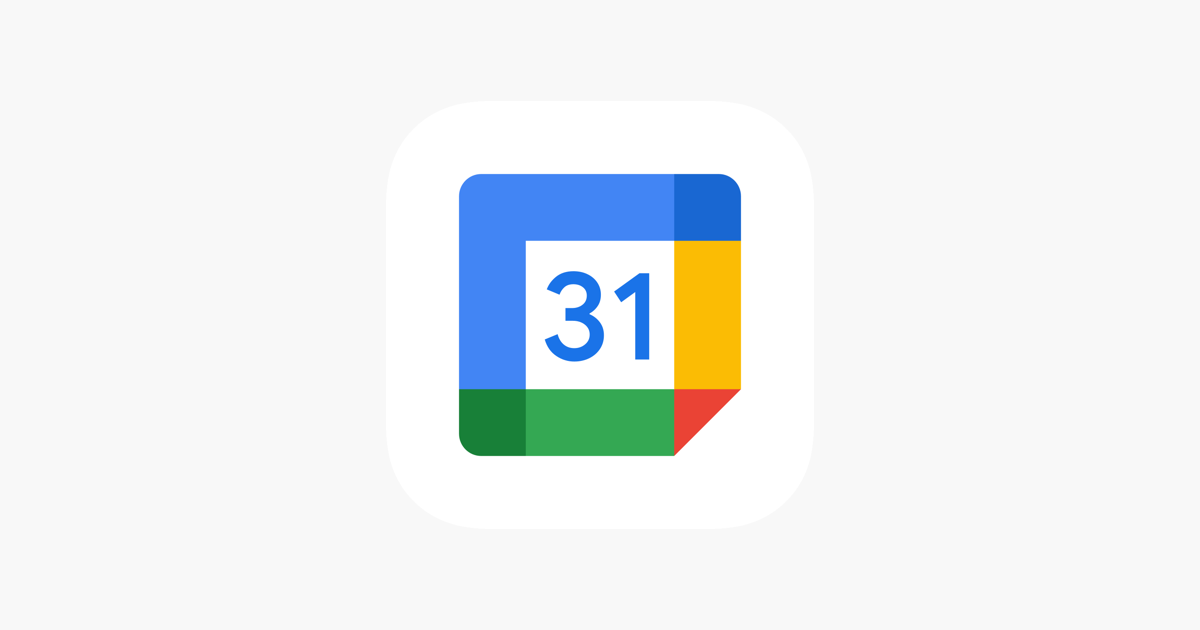
Google recently added a fresh look to its Calendar app with a new widget for Android users. This update brings a handy tool that lets you peek at your schedule right from your phone’s home screen. It’s perfect for anyone who likes staying organized without opening the app every time.
The widget comes in a small size, showing your next event or task in a clean, easy-to-read layout. You can place it anywhere on your home screen, and it updates on its own to keep you in the loop. Whether it’s a meeting, a birthday, or a quick reminder, you’ll see what’s coming up without extra taps.
What’s cool is how simple it is to use. Unlike older widgets, this one cuts out the clutter—just the basics you need. It pulls info straight from your Google Calendar, so everything stays connected. If you’ve got multiple calendars, like one for work and one for home, it can handle that too.
Adding it is a breeze. Just long-press your home screen, pick “Widgets,” find Google Calendar, and drop it where you want. You can’t resize it yet, but its small shape fits nicely with other apps or icons. Some users might wish for more size options or extra details, but this keeps things light and fast.
This update shows Google’s focus on making tools that save time. It’s not about fancy extras—it’s about getting your day in front of you quickly. If you’re an Android user who loves staying on top of things, this widget is worth a try. Check it out and see how it fits into your routine!
Pixel 9a Breakdown: A peek inside Google’s latest phone
Google’s Pixel 9a isn’t even out yet—it launches next week—but someone’s already taken it apart! A video by PBKreviews gives us a sneak peek at what’s inside the Obsidian-colored model. You can open it from the front screen or the back, but the video focuses on the back.
To swap the screen, you just heat it, lift the top, undo one screw, and unplug the cable—no extra steps needed. Inside, there’s a plastic back plate and a cover for the main board, held by 16 screws. You’ll spot a thin graphite layer over the wireless charging and NFC parts, plus a big LED flash.
The battery, a hefty 5,100 mAh, has pull tabs to remove it, though they’re not much better than before. Underneath, there’s a copper cooling system—something fancy that used to be only in the pricier Pixel 9 Pro. The main board shows off the cameras: one for wide shots, one for super-wide shots, and one for selfies.
The video also points out a neat detail—if you accidentally poke the SIM tool into the wrong hole, no worries! The microphones and filters are placed safely above, so they won’t get damaged. This early look hints at what’s coming with the Pixel 9a. It’s got some cool upgrades, like that cooling system, and keeps things simple for repairs.
Plus, Google’s adding a new “Battery Health Assistance” feature to help the battery last longer. But it’s missing a few things, like Satellite SOS and some AI tricks, because of an older modem and less memory. Stay tuned for the full scoop when it hits stores!
Android
Android 16 Is Coming: New features to get excited about
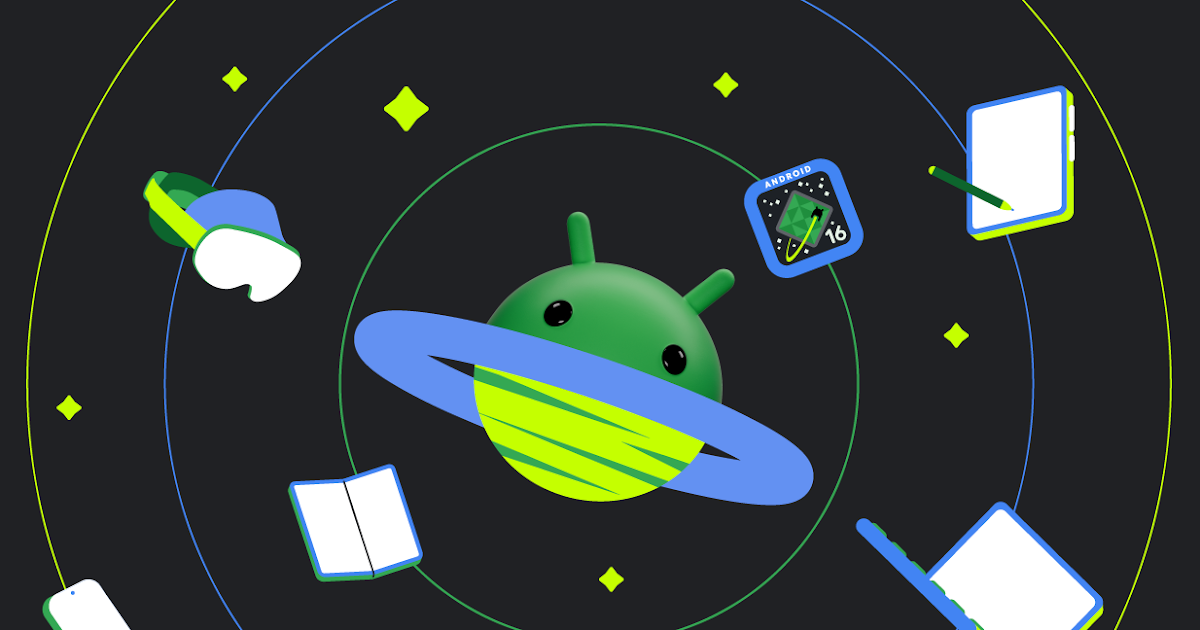
Google is already working on Android 16, and it’s shaping up to be an exciting update for Android fans. Even though Android 15 just rolled out, the next version is in the early stages, with clues popping up in software code. This shows Google isn’t slowing down when it comes to improving its popular mobile system.
One big hint about Android 16 comes from changes in how audio works. The code suggests that the update might bring better support for music and sound tools. This could mean clearer audio, smoother playback, or even new ways to enjoy songs and videos on your phone. For people who love music or watch a lot of content, this could make a real difference.
Another cool feature in the works is something called “host image copy.” It’s a fancy term, but it basically means Android 16 might let apps share pictures or screenshots more easily. Imagine taking a photo or grabbing a screen image and sending it to another app without extra steps. This could save time and make things like editing or sharing way simpler.
These early signs show Google is focused on making Android 16 practical and user-friendly. The audio upgrades could improve how we listen, while the image-sharing trick might speed up everyday tasks. Since it’s still early, not everything is set in stone, but the ideas are promising.
For now, Android fans can look forward to a system that keeps getting better. Google’s fast pace means we won’t have to wait too long to see what’s next. With Android 16 already cooking, it’s clear the tech giant wants to keep its users happy with fresh, helpful updates.
-
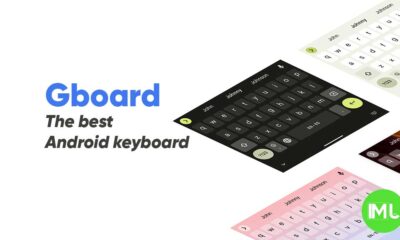
 Apps1 year ago
Apps1 year agoGboard Proofread feature will support selected text
-

 News1 year ago
News1 year agoSamsung USA crafting One UI 6.1.1
-

 News1 year ago
News1 year agoBreaking: Samsung Galaxy S22 may get Galaxy AI features
-
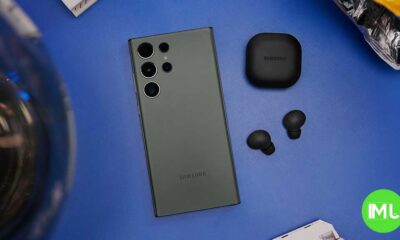
 News1 year ago
News1 year agoSamsung Galaxy S23 Ultra with One UI 6.1 and all S24 AI features revealed
-

 News1 year ago
News1 year agoOne UI 6.1 Auracast (Bluetooth LE Audio) feature coming to many Samsung phones
-

 News1 year ago
News1 year agoSatellite SOS feature coming to Google Pixel phones, evidence leaked
-
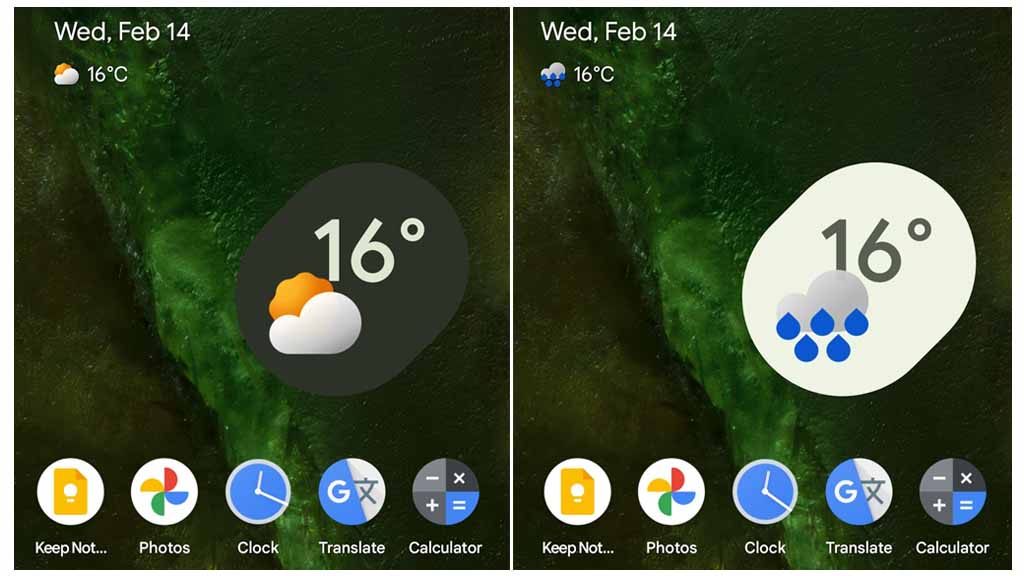
 Apps11 months ago
Apps11 months agoGoogle’s fancy new Weather app is finally available for more Android phones
-
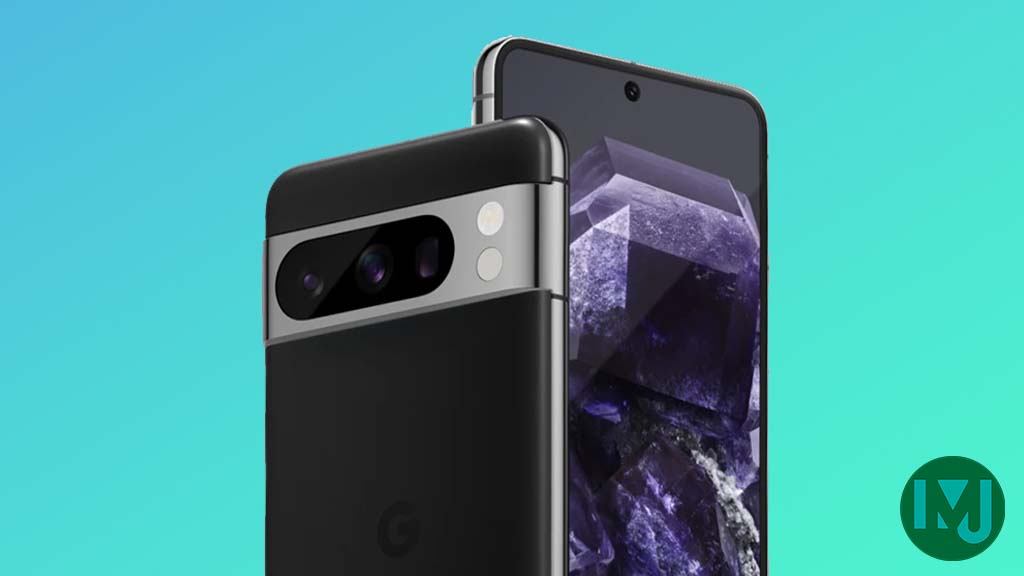
 News1 year ago
News1 year agoGoogle Pixel evolves as Europe’s third best selling flagship

